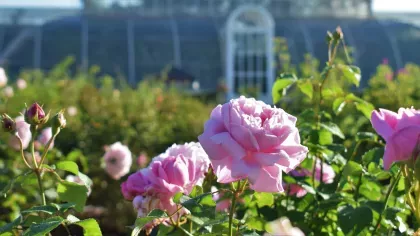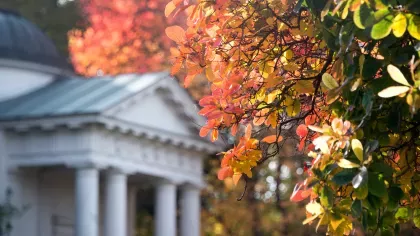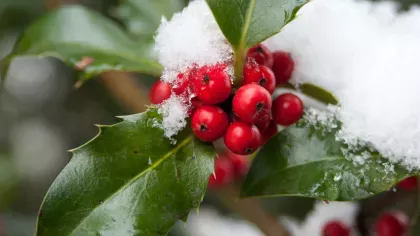27 May 2021
Seasons at Kew in a nutshell
The seasonal botanic highlights throughout the year in our Gardens.

Whatever the season, our Gardens are a treat for the senses and brimming with botanic treasures.
From beautiful bluebells in spring and vibrant roses in summer to fiery autumn foliage and evergreen conifers in winter, here are Kew’s seasonal plant highlights to look out for.
Spring
Signs of new life spring up all over our Gardens in this season of fresh beginnings, with splashes of bright colour enlivening the landscape.
See swathes of yellow daffodils in top spots along the Great Broad Walk Borders, near the Temple of Aeolus, throughout the Natural Area and close to the Children’s Garden.
Did you know? There are only 36 species of daffodils in the wild but over 26,000 cultivated varieties (cultivars) due to a long history of breeding.
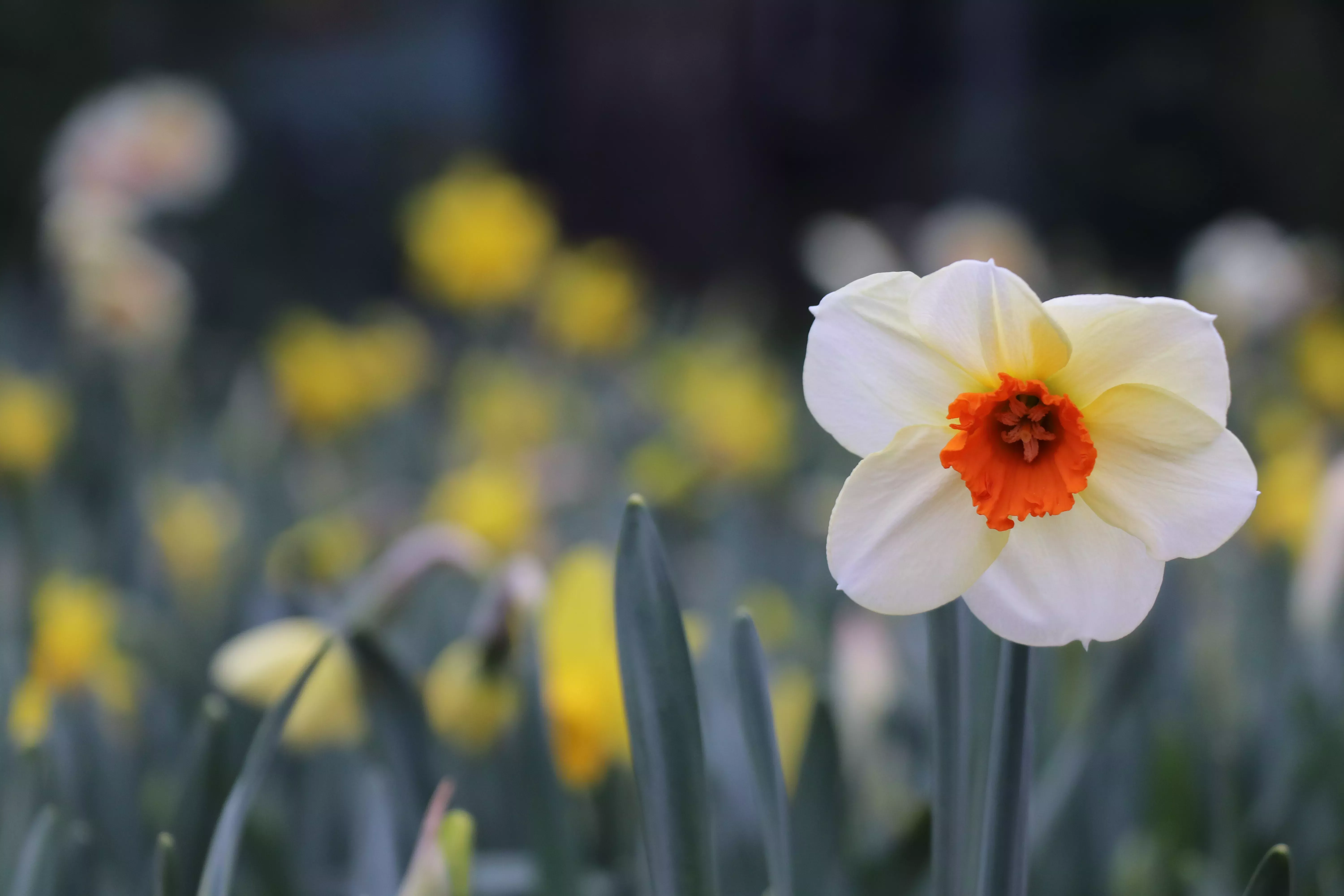
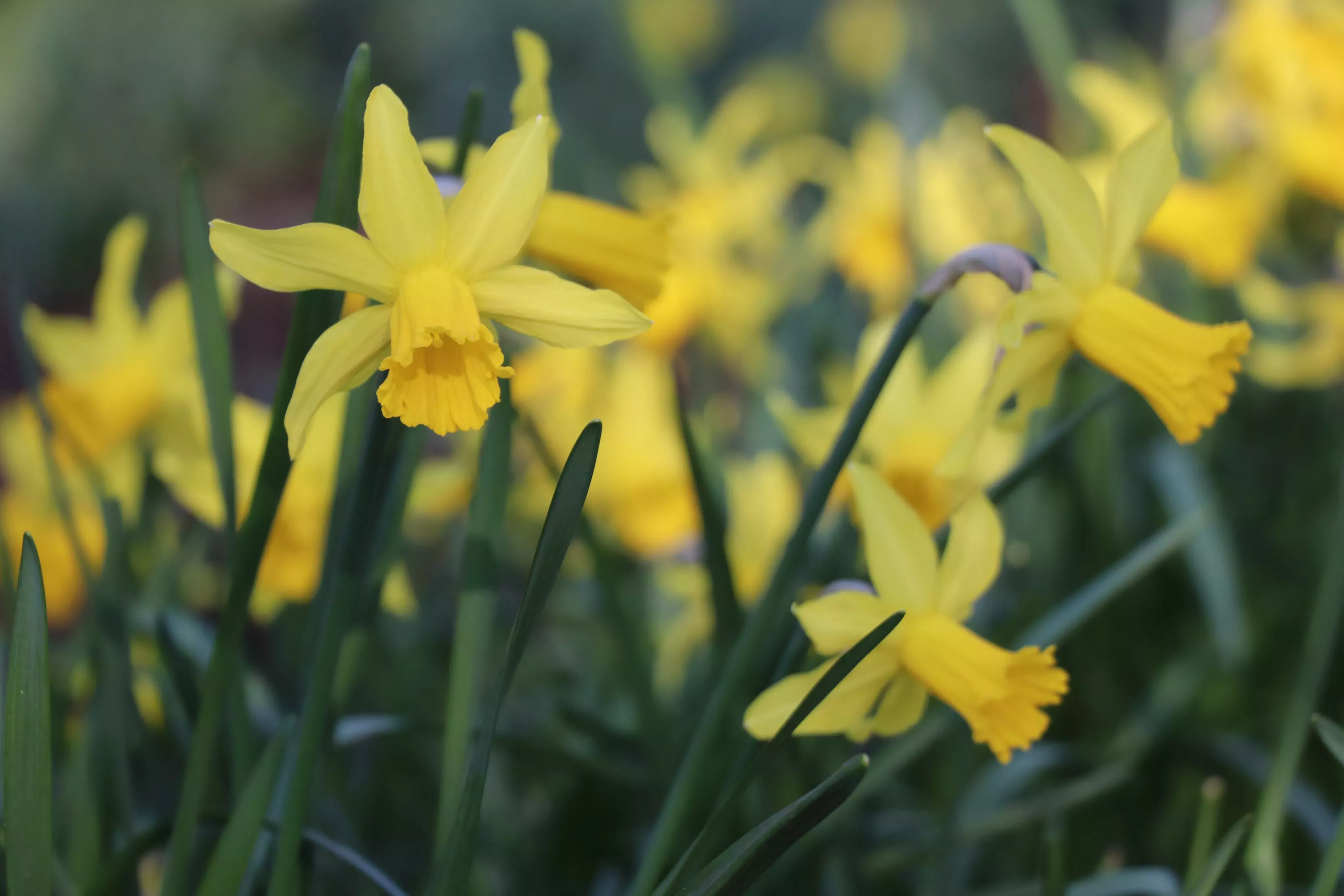
Bluebell seekers should head to the Natural Area in April and May to find an indigo carpet of these stunning flowers.
If that’s not enough to quench your love of bluebells, then visit our wild botanic garden at Wakehurst where you’ll find our woodland floors covered in these magnificent blooms.

Check out the cherry blossom at Kew along Cherry Walk near the Temperate House and in the Japanese Landscape.
Here, spot the range of different Prunus varieties with their delicate pink and white flowers, on display between the end of March and the beginning of May.

Spring brings a rainbow of colour and delicious fragrance to our Rhododendron Dell where the woody plants flower in clusters, including unique hybrids not found anywhere else in the world.
For the best show of rhododendron colour, discover this secluded area of the Gardens in April and May.
Other spring highlights to look out for include the marvellous magnolias near the Children’s Garden, purple wisteria flourishing by the Secluded Garden, tulips and crocuses dotted about the landscape.
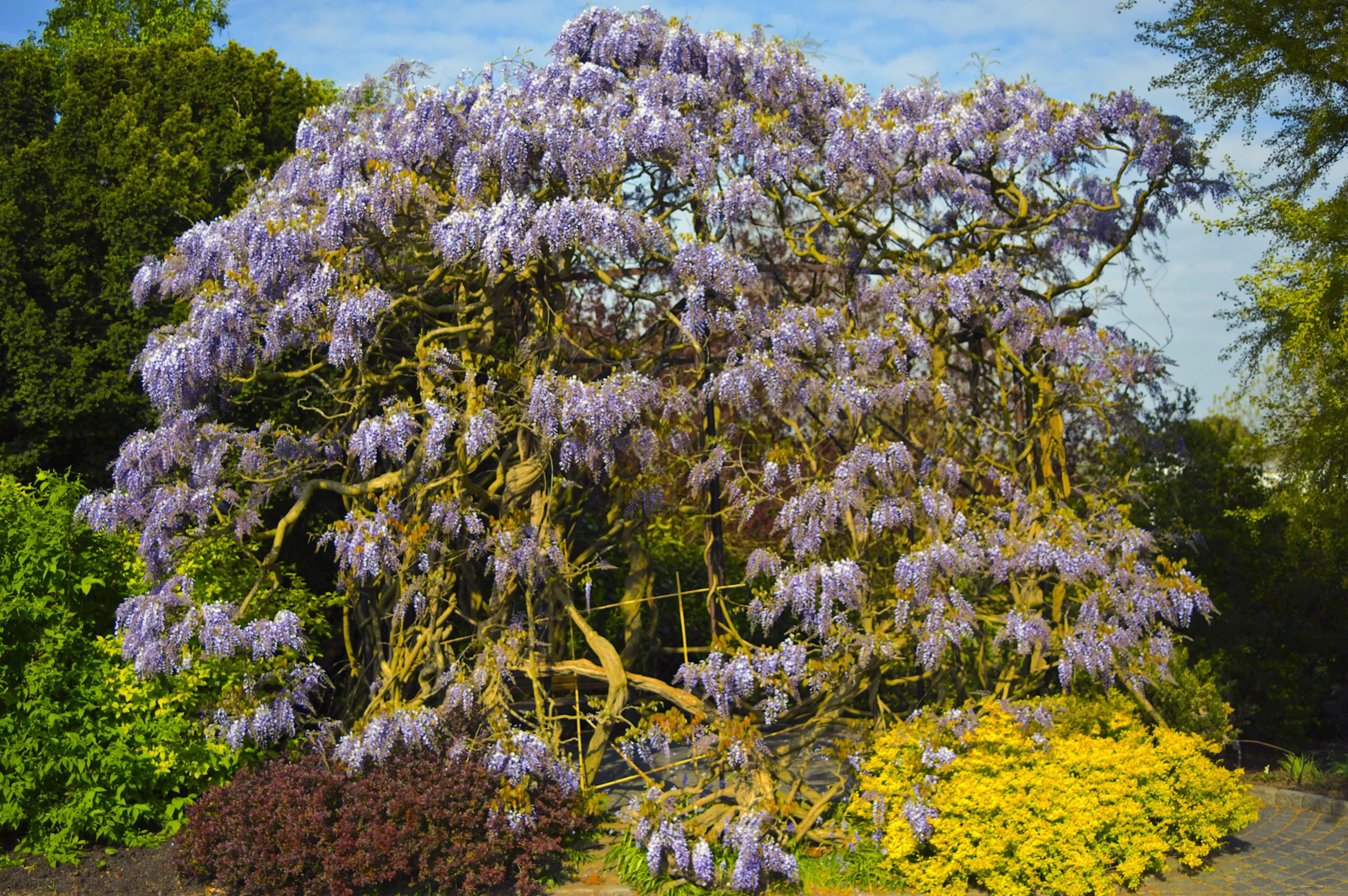
Summer
As you might expect, summer at Kew is a spectacular affair.
Every way you turn, there’s something bright, bold and beautiful to see.
Wander down our Great Broad Walk Borders, the longest herbaceous borders in the country, and you’ll be spoilt with amazing aromas, hues and textures.
Among the 320 metres of beds are a whopping 30,000 plants, each selected for their beauty, colour and form, including lavender, lilies, coneflowers and daisies.
The Rose Garden is another top spot to visit during the summer months when it is bursting with sweet fragrances and a spectrum of colours, from yellow and orange to pink and scarlet.
Did you know? Our Rose Garden was originally designed in 1848 but roses weren’t planted here until the 1920s.

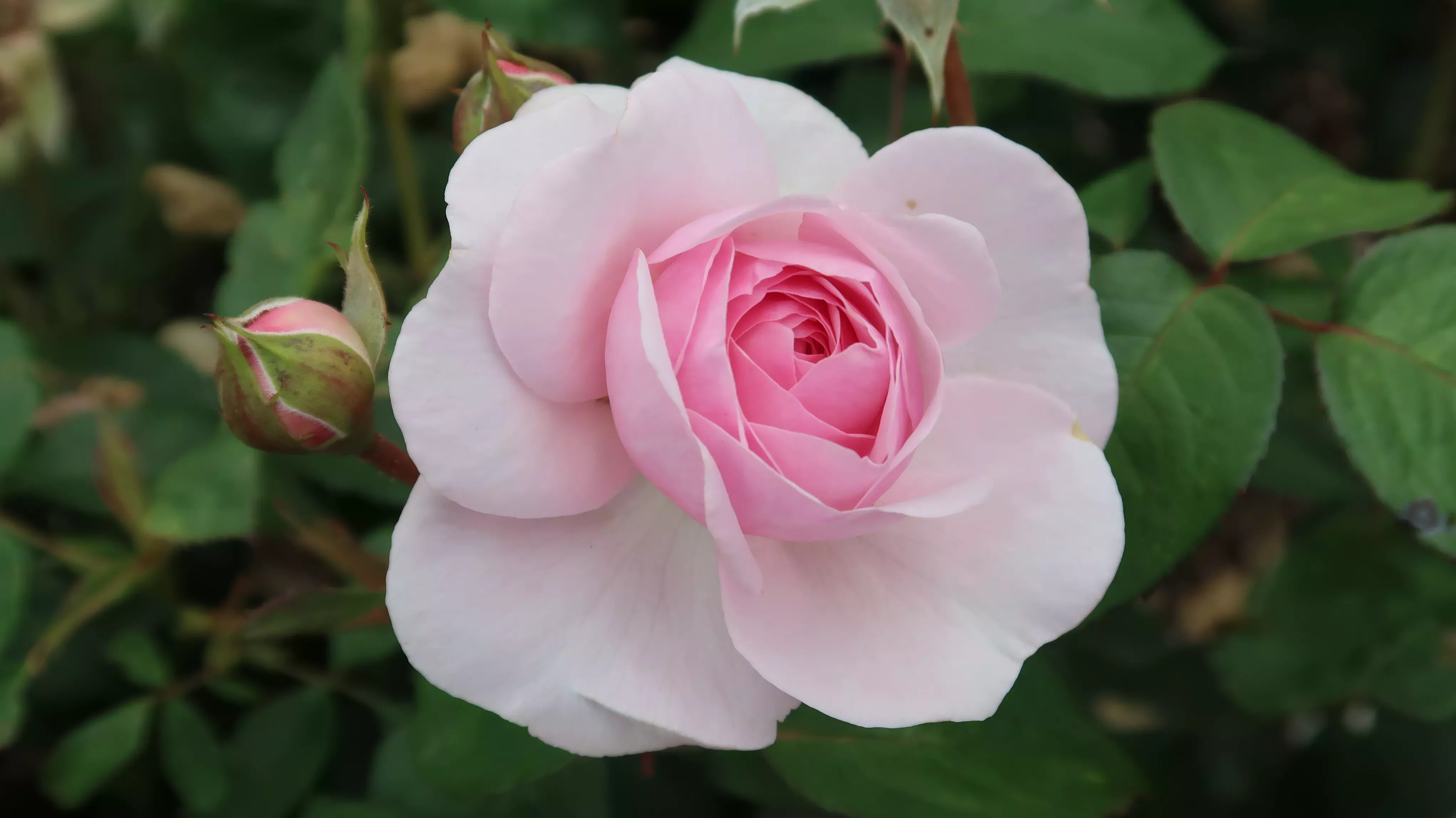
Take a trip to our Waterlily House for a stunning display of aquatic plants and tropical fruit. One of the features not to be missed are the striking large flowers of our waterlilies.
Be transported to the sunny landscape of Southern Europe by visiting our Mediterranean Garden.
Stone pines (Pinus pinea), Tuscan olive trees (Olea europaea) and Italian cypress (Cupressus sempervirens) are some of the botanic beauties in this area, along with aromatic herbs such as rosemary (Salvia rosmarinus) and rock rose (Cistus).
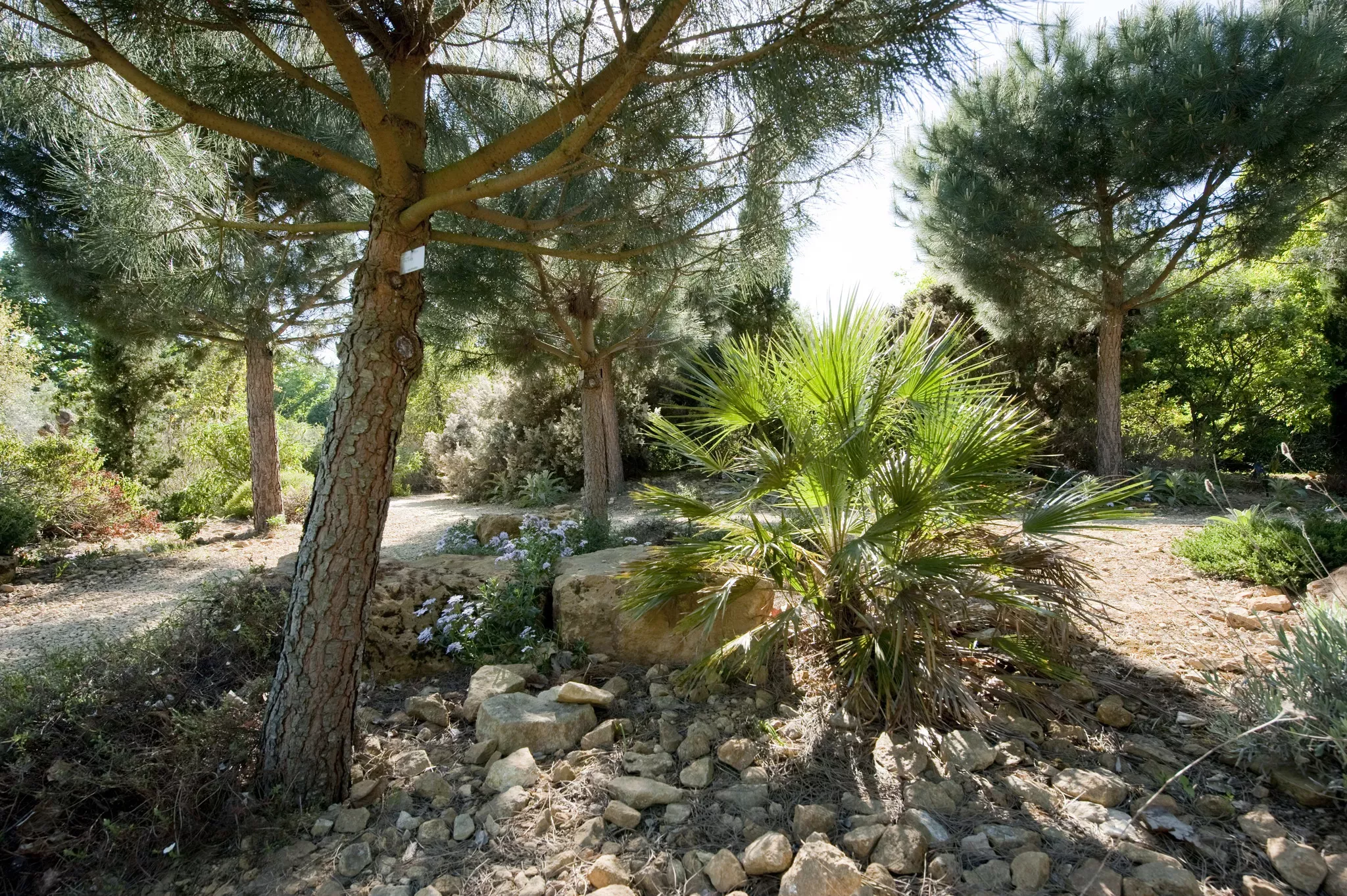
In early summer, make sure to see the golden-flowered laburnum cascading down the pergola in the Queen’s Garden, home to plants grown in the style of the 17th century.
For more fantastic floral summer displays, stroll around our Evolution Garden, Rock Garden and sequestered Duke’s Garden.
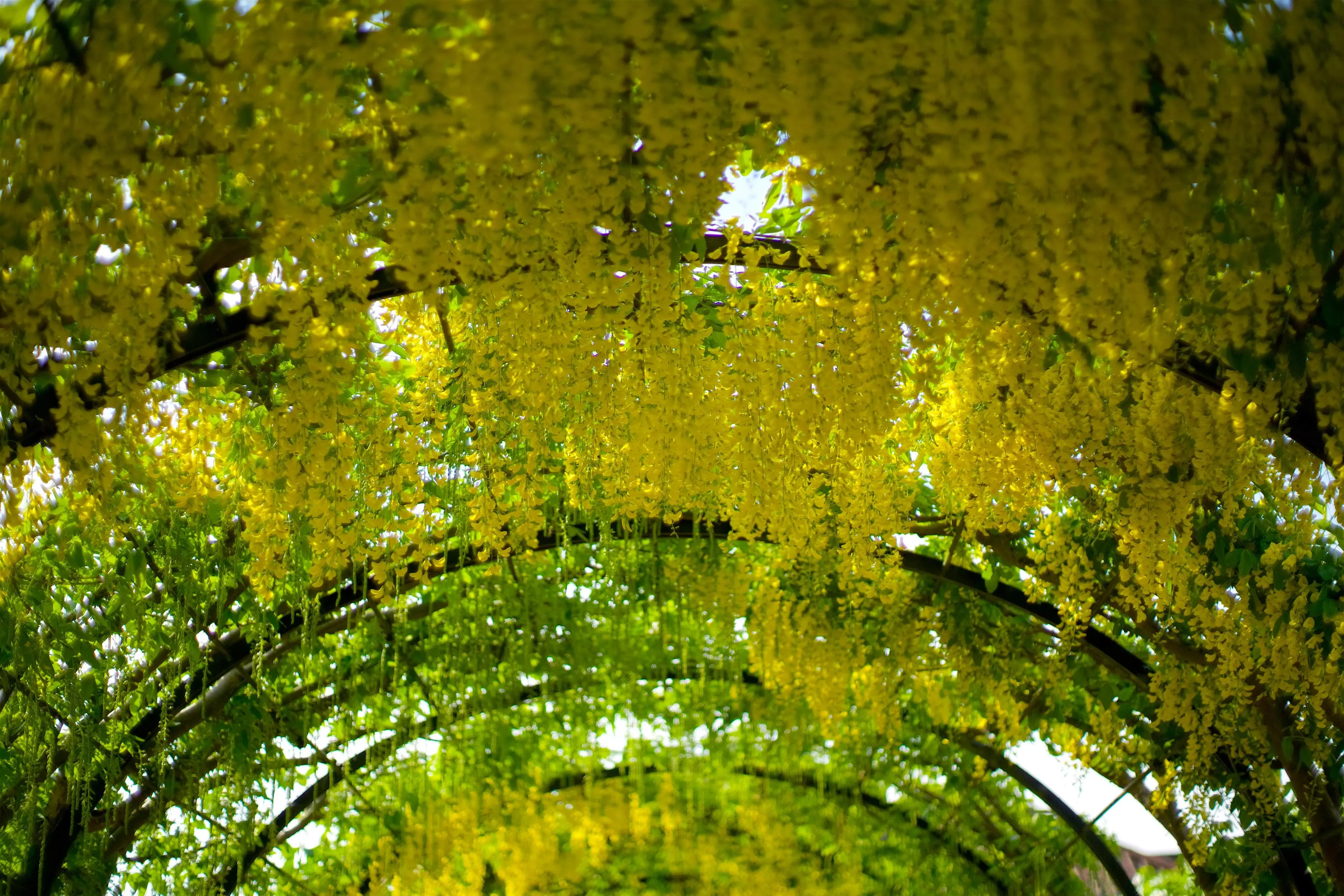
Autumn
The true stars of autumn here at Kew are our beautiful trees.
Autumn showstoppers growing among our Arboretum's 14,000 trees include the maidenhair trees (Ginkgo biloba) on Ginkgo Lane with their golden-yellow leaves, the fiery maples outside the Shirley Sherwood Gallery and the flaming American smokewood (Cotinus obovatus) near Victoria Plaza.
A visit to the Treetop Walkway will offer a breath-taking view across the Gardens and reveal the sweep of autumnal colour, directly overlooking bronzed chestnut, beech and oak trees.
As you explore our landscape, you'll see another symbol of autumn: fallen seeds. Keep an eye out for acorns, conkers and chestnuts at your feet.

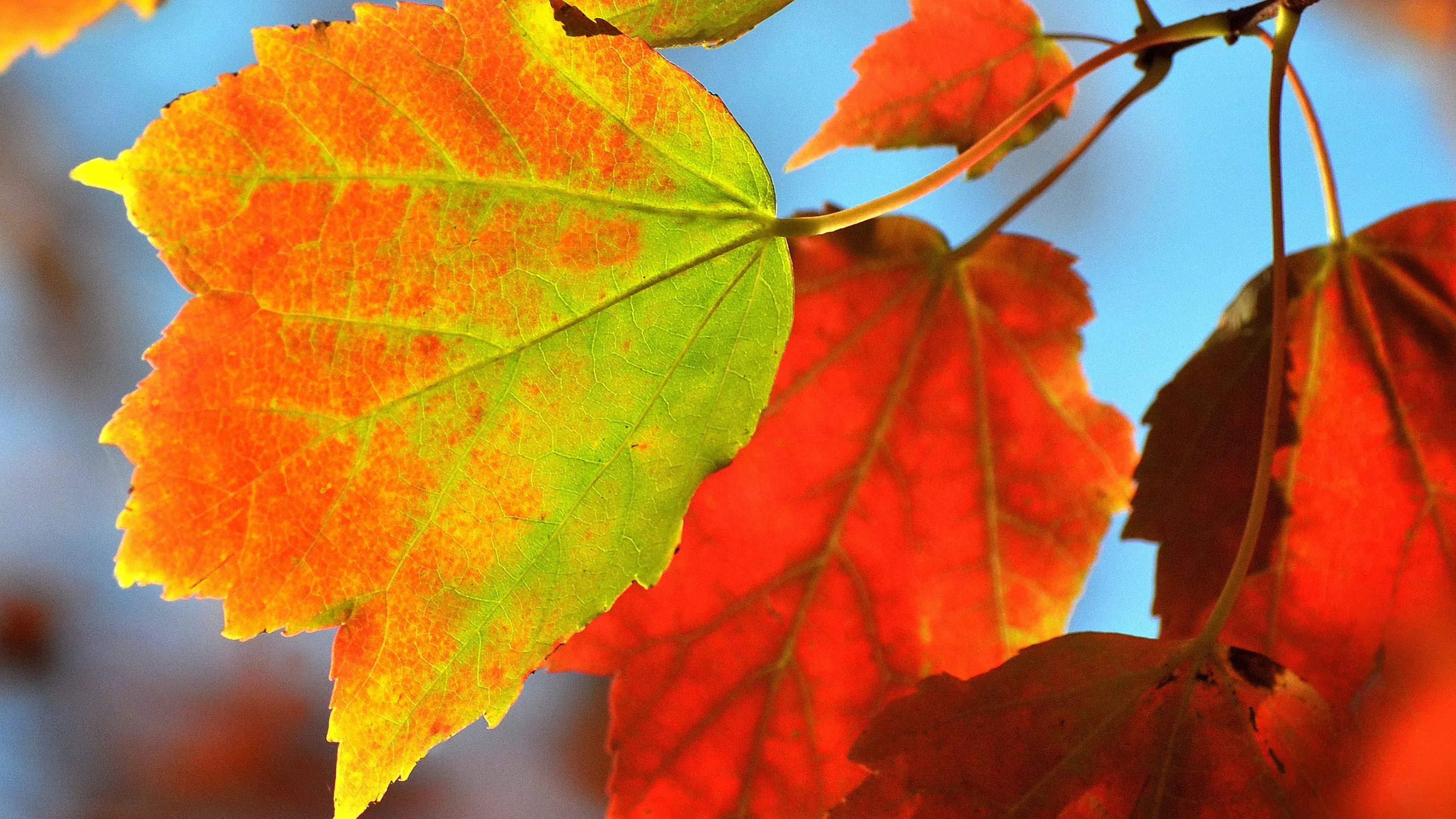

Our Japanese Landscape is another autumn hotspot with the bright-red-leaved Enkianthus campanulatus, along with the varied textured display in our Grass Garden and the stunning autumn reflections in the Lake, which is lined by a colourful array of trees.
Autumn is also the best time of year to see fungi.
On your visit to Kew, you might see fly agaric, parasol mushrooms, bracket fungi, puffballs, purple blewits, coral fungi and more.
The best places to look are the Log Trail and Natural Area, but fungi can be found popping up in many different places across the Gardens.
Winter
Even during the chilly months, there are many botanic gems to discover at Kew.
While our deciduous trees are standing bare and revealing their structural beauty, our conifers offer evergreen colour.
Spanning 40 acres, our Pinetum is the setting for an incredible range of conifer trees, from mighty redwoods to native pines.
Did you know? Conifers have existed for over 300 million years!
Spot our rare treasures such as the Wollemi pine (Wollemia nobilis) and Japanese Douglas-fir (Pseudotsuga japonica).
As you walk among our conifer collection, notice the diversity of bright winter berries, cones and foliage.

Planted in 1874, Holly Walk near the Temperate House is home to one of Europe's most comprehensive holly collections, making it a real winter treat.
Also adding dashes of colour to the Kew winter landscape are the fragrant witch hazel (Hamamelis), pretty white snowdrops (Galanthus) and dogwood (Cornus) with its vivid coloured stems.
For more vibrant greenery and colourful life, head to our glasshouses.
From the tropical and steamy Palm House and the majestic Temperate House with its 1,500 species of plants to the diverse Princess of Wales Conservatory with 10 climate zones and Davies Alpine House showcasing high-altitude plants, there are so many plant treasures waiting to be admired.
You can watch Kew Gardens: A Year in Bloom from Thursday 13 May at 8pm on Channel 5 for four consecutive weeks, or see it on catch up.

